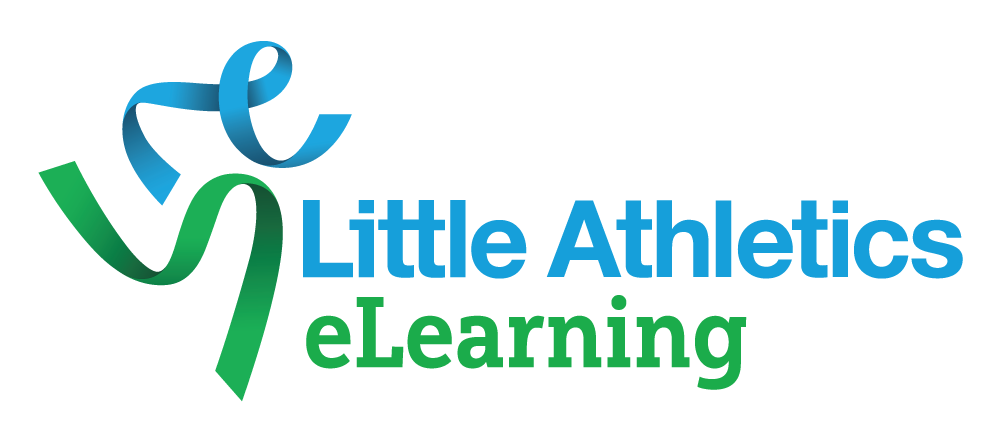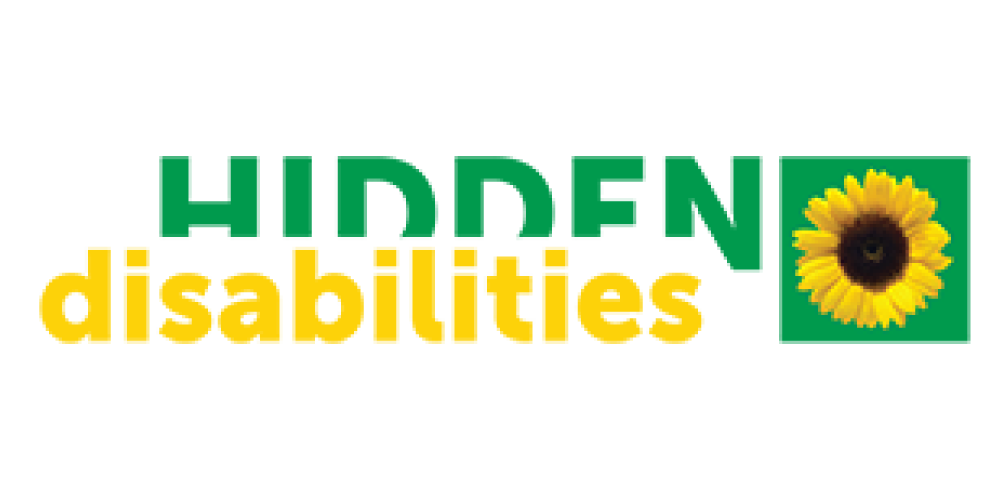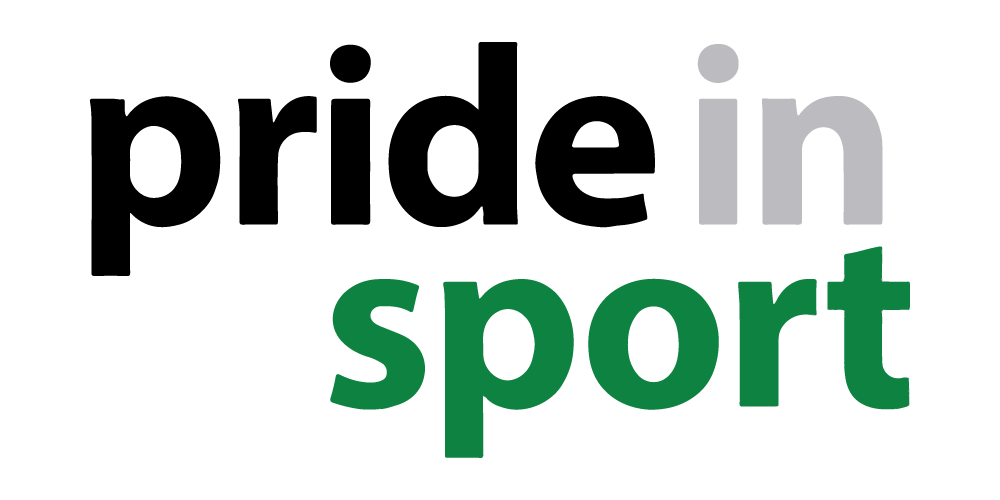Communication Essentials
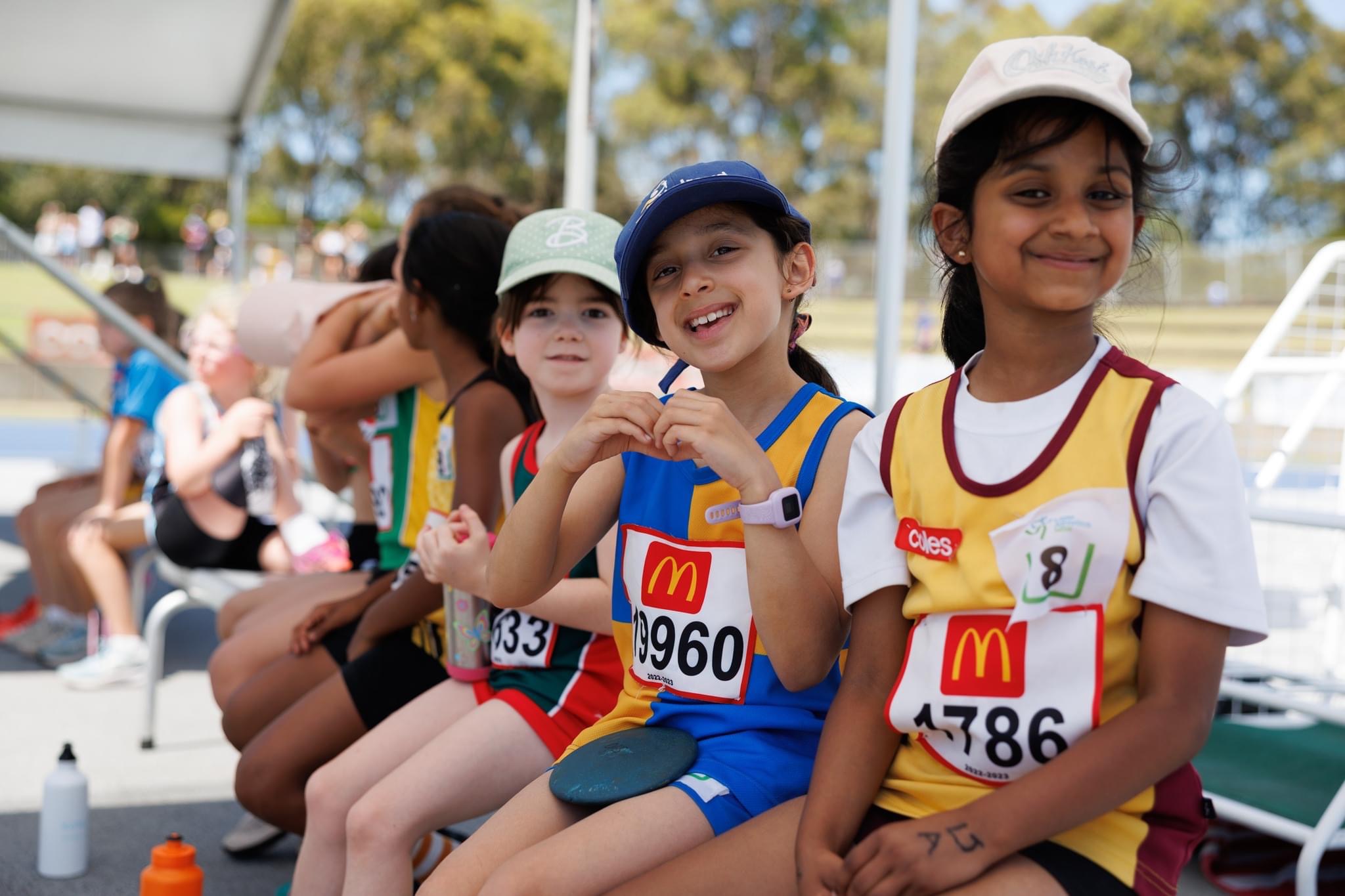
What is Communication?
Communication is a two-way process which involves sending and receiving information.
- Send verbal and non-verbal information (speak or use gestures + visuals).
- Receive verbal and non-verbal information (listen and understand speech, gestures + visuals).
Some people may not use any or much speech to communicate.
What is good (effective) communication?
- Talk TO the athlete with disability and not AROUND them (ie to parents or carers).
- Some athletes with disability may want you to work with their family or friends to ensure shared understanding.
- For deaf athletes it is best if you have eye contact first.
- Some athletes with English as a second language may use another person to help interpret.
- Be aware of your body position – athletes need to be within visual and audible range.
- Speak in an age-appropriate manner.
- Be positive and promote respect to improve motivation and fun.
What do we get from good communication?
- Build rapport and trust.
- Learn new skills to enhance the athletes experience and performance.
- Listen and learn with an open heart and mind to the athlete.
- Involve athletes in decision making/problem solving about themselves.
- Improve teamwork.
- Reduce misunderstandings and conflict.
What does this look like?
- Speak slower not louder.
- Use simple words and short sentences.
- Use descriptive cues such as “jump like a kangaroo”.
- Ask questions one at a time and wait for the answer.
- Check with the athletes that they understand instructions by using open-ended questions “describe back to me what you are going to do”, “what is your plan”.
- Use non-verbal communication to support verbal communication (see below).
Teaching/Coaching Style – Verbal Communication
When giving instructions, tell the athlete what you want them to do rather than what you don’t want. Research shows that often people do not hear the word “don’t” in a sentence. When you use this “don’t”, people will remove it from the sentence while trying to follow the instruction.
| Say this | Avoid this |
| We are walking to Discus | Don’t run |
| Let’s take turns | Don’t push in front, it’s not your turn |
| Let’s play a game while we wait | Don’t run around |
| Hands down please | Don’t touch |
Teaching/Coaching Style – Non-Verbal Communication
- Used with the spoken word and provides a link between verbal and visual information.
- Commonly used to help people understand the activity/task.
- Benefits all athletes.
- Facial expressions – we are wired from birth to interpret facial expressions – use smiles and excitement with praise.
- Gestures – everyday gestures such as waving and pointing and sign language.
- Link an action to the sound.
- Raise hand with whistle.
- Athletics specific Auslan.
- Link an action to the sound.
- Body movements – You or another athlete may demonstrate the action.
- Visuals (pictures, symbols and words) – we all use visual supports in some way – think about all the road signs we use to help us be safe. For example traffic signs, road directions.
- Provides static information which allows more processing time to understand the activity.
- Visual learning can be a strength for people who do not use verbal language.
- Supports independence.
- Benefits all athletes.
- Use pictures with the verbal word
- Picture of stop, while saying “stop”.
- Events are simplified as they are broken down into steps.
- Support the transition from one event to the next (this can be a stressful time for some athletes). For more transition ideas see some games put together by Sport Australia.
How to Use Visual Supports
Pictures – can use a single picture (a visual) or combine together in a sequence (visual schedule)
- Print and laminate the visual to put up on a board or save to iPad.
- Visual schedules – combine a series of pictures in a sequence.
- Set the schedule of events for the meet for example 100m, game, discus, game, hurdles, game, long jump. See our ready-made visual supports.
- Break down the event to each step for example how to throw a javelin. See our ready-made visual supports.
More visual supports coming soon!
Sources
Savardelavar, Meisam & Kuan, Garry & Chin, Ngien-Siong. (2017). Making effective communication with athletes. Coaching Journal. 2. 4.
Raising Children Network https://raisingchildren.net.au/
Better Health Channel https://www.betterhealth.vic.gov.au/health/healthyliving/young-children-and-communication
National Autistic Society https://www.autism.org.uk/
